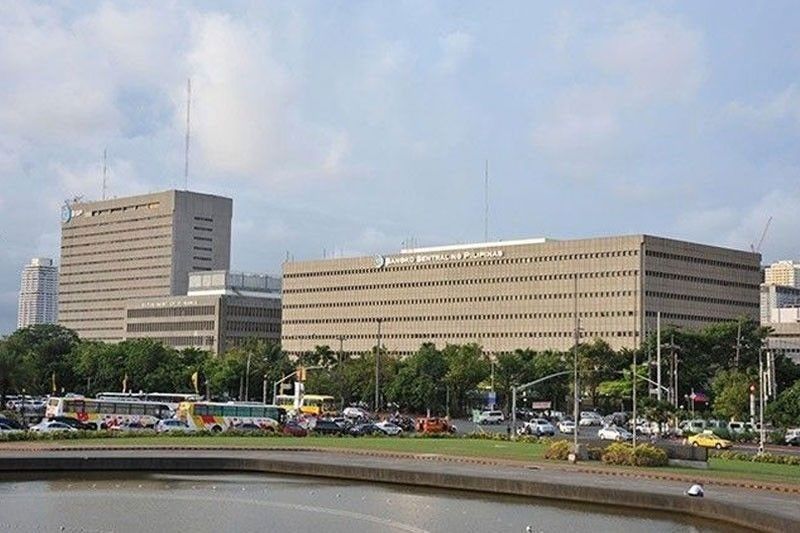Analysts still divided on August rate cut

MANILA, Philippines — Economists are still divided on whether the Bangko Sentral ng Pilipinas (BSP) has room to start its widely anticipated policy easing cycle in August, as some argue that the Philippines is still not out of the woods.
Gareth Leather, senior Asia economist at London-based Capital Economics, said that while the BSP left policy rates unchanged on June 27, BSP Governor Eli Remolona Jr. dropped clear hints that rate cuts are coming soon.
“Given the dovish language from the central bank, we are sticking with our view that the BSP will cut rates at its next meeting in August, with further cuts to follow,” Leather said.
“Overall, we are expecting 75 basis points of rate cuts this year, which makes us more dovish than the consensus,” he added.
According to Leather, the Philippine economy is in need of support as it slowed to 5.7 percent in the first quarter, lower than the 6.4 percent a year ago and below the government’s six to seven percent goal.
“With fiscal policy being tightened, interest rates at multi-year highs and exports likely to struggle, we expect growth to remain weak,” he said.
However, the timing of rate cuts will be determined by the inflation outlook. The BSP will also monitor the peso’s performance against the dollar.
“Our view is that the peso should recover over the coming months as slower inflation and weaker growth in the US feed expectations of a rate cut by the Federal Reserve. However, a sustained fall in the currency could cause the central bank to postpone plans to loosen monetary policy,” he said.
Security Bank chief economist Robert Dan Roces said elevated prices and high borrowing costs threaten domestic demand. Thus, prolonged high interest rates could dampen future growth prospects.
“We have moved up the timetable for BSP rate cuts, which we now think will begin in August with 25 basis points and another 25 basis points in October,” Roces said.
Roces said inflation would not stray much from the target range in July and August, before falling within target for the remainder of the year.
External pressures, such as a possible US Federal Reserve rate cut in September, could also ease the burden on the peso toward the latter part of the year.
For Arindam Chakraborty and Sanjay Mathur, economists at ANZ Research, it is still early to communicate rate cuts for this year.
“We do not anticipate a rate cut this year. Though both inflation and the trade deficit (on a trend basis) are improving, they are still at levels that warrant policy restrictiveness,” they said.
They also said that moving ahead of the US central bank, or even in lockstep, could exert depreciation pressures on the peso.
Aris Dacanay, economist for ASEAN at HSBC, likewise said that an August rate cut is too early to loosen monetary reins.
“We do not think inflation will be soft enough by the August meeting with the rice tariff rate cut needing time to work its way in reducing prices. The current account deficit will also need to improve even further,” Dacanay said.
Dacanay said HSBC expects the US central bank to cut borrowing costs in September. The BSP should then cut in the fourth quarter this year, after the US Fed.
- Latest
- Trending





























